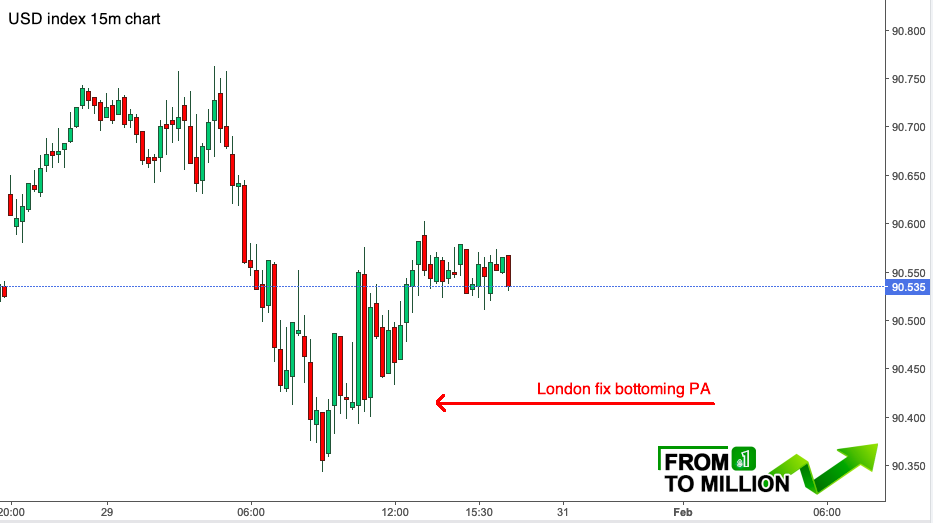

Like many other major international bodies, the IMF indirectly blames African Governments for non adopting the “right” policies and encourages further investments in the region, while some insist that the way out is digitalisation, robotisation, etcetera. In short, “Sub-Saharan Africa stands to lose the most in a severely fragmented world and stresses the need for building resilience.” Now, the IMF reports that “public debt and inflation are at levels not seen in decades, with double-digit inflation present in about half of the countries-eroding household purchasing power and striking at the most vulnerable.” Such debts are expected to increase by an additional 1.1 trillion US dollars in 2023, thus totalling 10.1 trillion US dollars. In a previous article: The Poor, Squeezed by 10 Trillion Dollars in External Debts, IPS reported on the external debt of the world’s low and middle-income countries, which at the end of 2021 totalled 9 trillion US dollars, more than double the amount a decade ago. The giant monetary body says that the lack of financing affects a region that is already struggling with elevated macroeconomic imbalances. With shrinking aid budgets and reduced inflows from partners, this is leading to a big funding squeeze for the region.Interest payments as a share of revenue have doubled for the average SSA country over the past decade.


The rapid tightening of global monetary policy has raised borrowing costs for Sub-Saharan countries both on domestic and international markets.Public debt and inflation are at levels not seen in decades, with double-digit inflation present in half of countries-eroding household purchasing power and striking at the most vulnerable.If no measures are taken, “this shortage of funding may force countries to reduce fiscal resources for critical development like health, education, and infrastructure, holding the region back from developing its true potential.” It says that growth in Sub-Saharan Africa is expected to slow to 3.6 percent as a “big funding squeeze”, tied to “the drying up of aid and access to private finance,” hits the region in this second consecutive year of an aggregate decline. In its April Outlook, the IMF devotes a chapter to Sub-Saharan Africa, titled “ The Big Funding Squeeze”. It says that the road to global economic recovery is “getting rocky.’ And that while inflation is slowly falling, economic growth remains ‘historically low,’ and that the financial risks have risen. In its reporting on that, it lowers global economic growth outlook as ‘fog thickens.’ In its April 2023 World Economic Outlook, the International Monetary Fund ( IMF) talks about a rocky recovery. MADRID, (IPS)- As many as 45 African countries –out of the Continent’s 54 nations–, all of them grouped in what is known as Sub-Saharan Africa, have now been further squeezed to their bones, as funding shrinks to lowest ever levels, and as a portion of the so-called aid goes back to the pockets of rich donor countries.


 0 kommentar(er)
0 kommentar(er)
